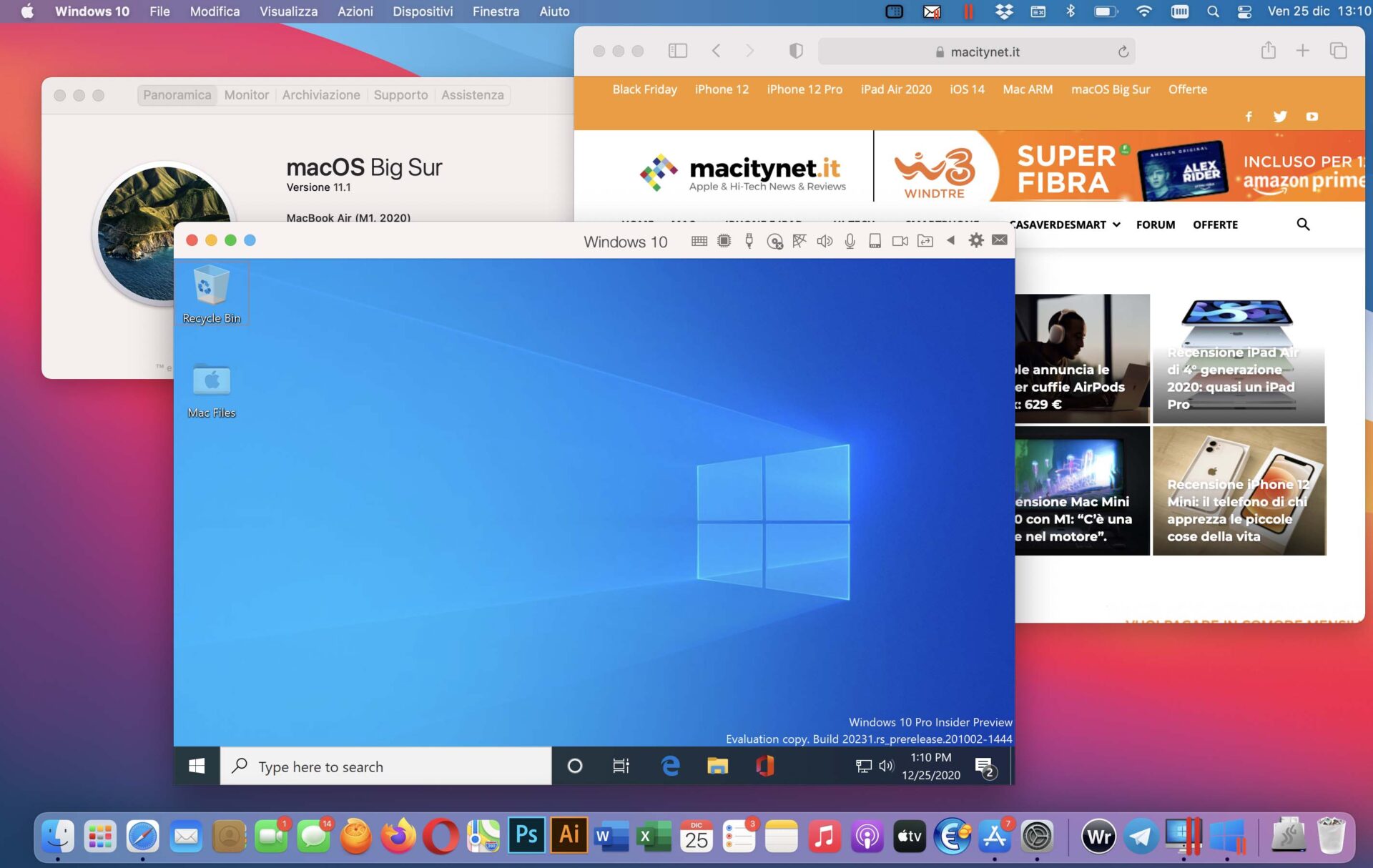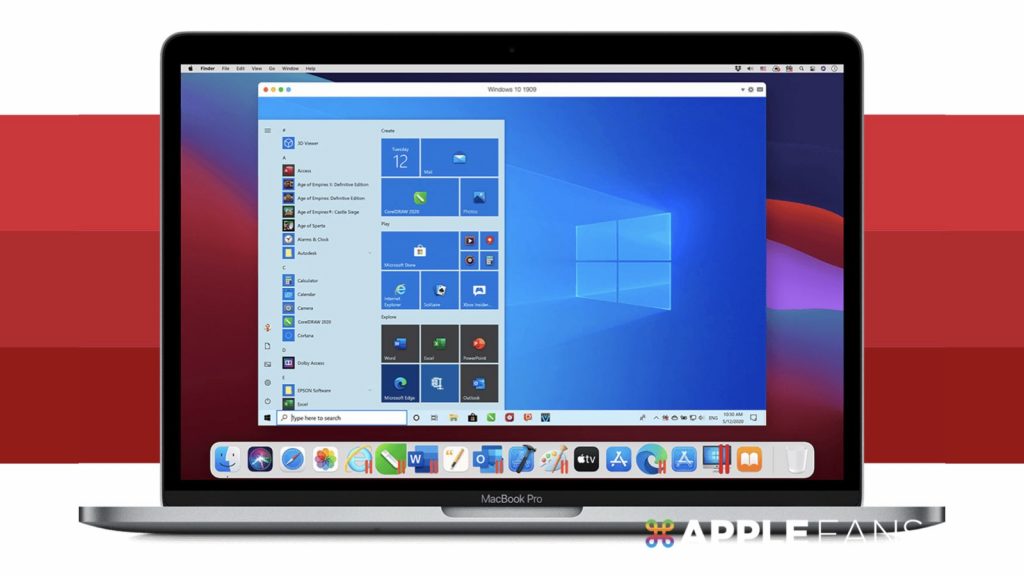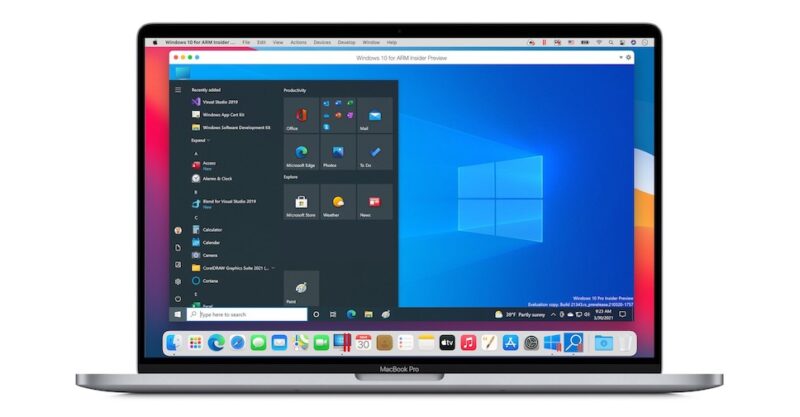

I haven’t spent a lot of time with it yet, but you can do basic “Windows stuff” on your M1 if you really need it. This is how you can run Windows 10 on your new Apple M1. So, you can add virtual memory at your own peril. This is because the M1 is limited, in my case I have 16G of memory, and about 10G is being used up before I even start the Windows machine. I should note you won’t be able to assign much memory to this. That being said, the machine didn’t feel all that slow. In Windows 10, it’s a x86_64 app translated to ARM, going through Parallels back as x86_64 then translated again for native ARM. So running Geekbench “natively” on Big Sur isn’t even truly native, it’s running through the Rosetta system, but pretty fast. One being going through two translation layers.

Less than half on the Single-Core score and about 12% of the native Multi-Core score.
It “feels” like any other version of Windows. I installed several x86 applications and set up my machine for some front end development. So in my live stream I installed Windows 10. It runs x86_64 apps under emulation (the reverse of Rosetta). It is not officially supported on the M1. This is a preview version of Windows 10 for ARM processors. You can download and install it in a few clicks just like any version of Windows. If you’re not a Windows Insider, you can sign up here. The Windows 10 for ARM preview will run in Parallels. So what do we do? Step Two: Get the Windows 10 for ARM Preview However, we have no option for Bootcamp, and I can’t download a x86_64 Windows 10 ISO and install it. So, I wanted to run Windows on this thing. Ok cool, so Parallels runs on the M1, that means we can run any Virtual Machine now right? This is a version specially built to work with Rosetta. You’ll need to download Parallels for Mac with Apple M1 Chip. You can’t run the standard version of Parallels on the M1. In fact, I purchased it for the first time, installed it, then started up a live stream to try it out. But it doesn’t support something as complex as an x86 virtual machine… yet.īut I set up a couple VMs on here, and I’ll show you how to do it, and what you need to know. It’s so well designed and tightly integrated with the hardware that some x86 applications run faster on the M1 than they do on Intel Macs. This stands to reason: The M1 is an ARM processor and nearly everything running on this machine uses Rosetta translation technology to translate x86_64 instructions to ARM. But the one thing it doesn’t do that I need it to: virtualization. It does much of what I need it to do well. I immediately put a bunch of miles on it. In January I picked up an Apple M1 Mac Mini. 
You can too by taking the same excellent training I took. I just became an AWS Certified Cloud Practitioner.







 0 kommentar(er)
0 kommentar(er)
